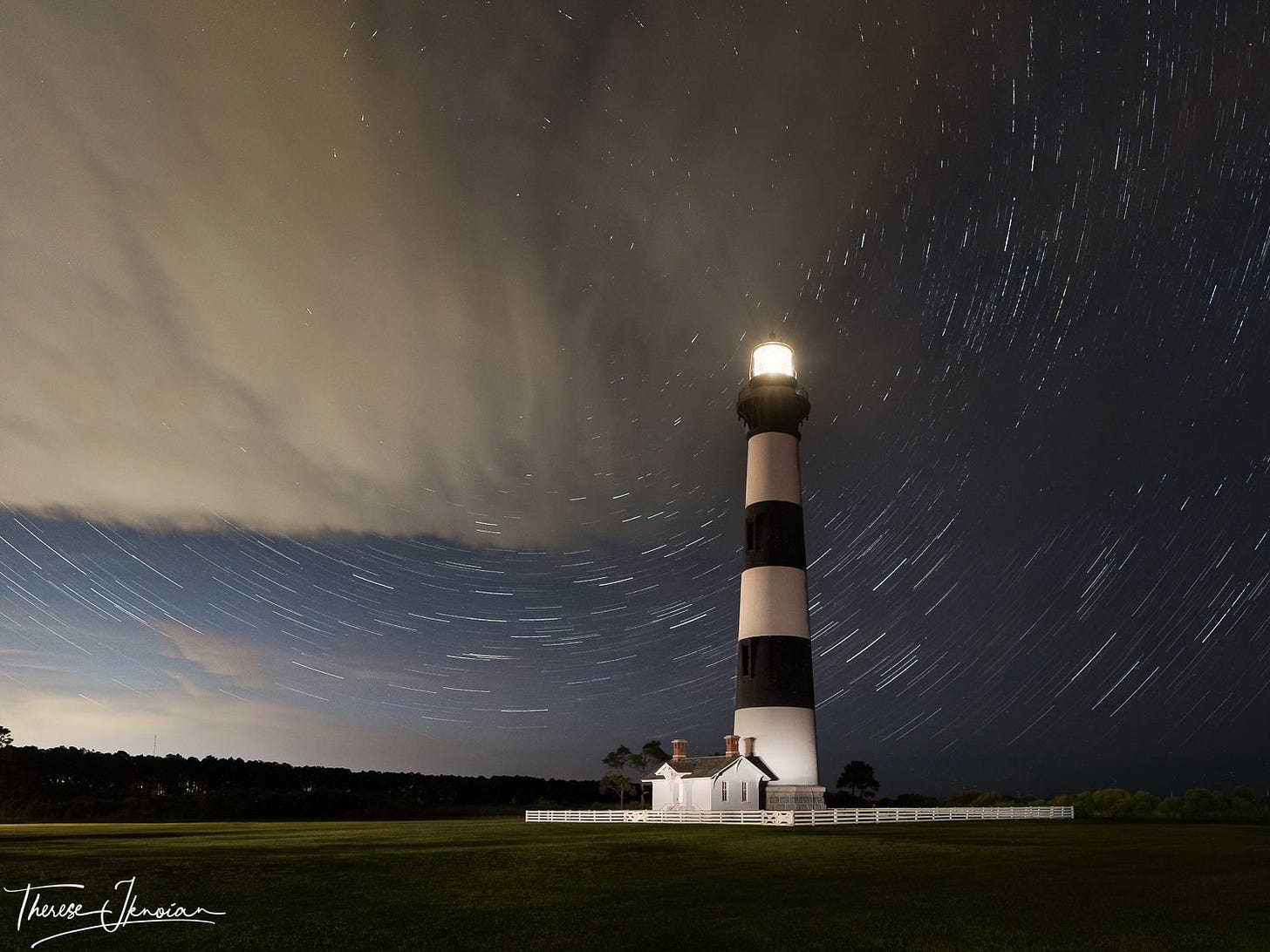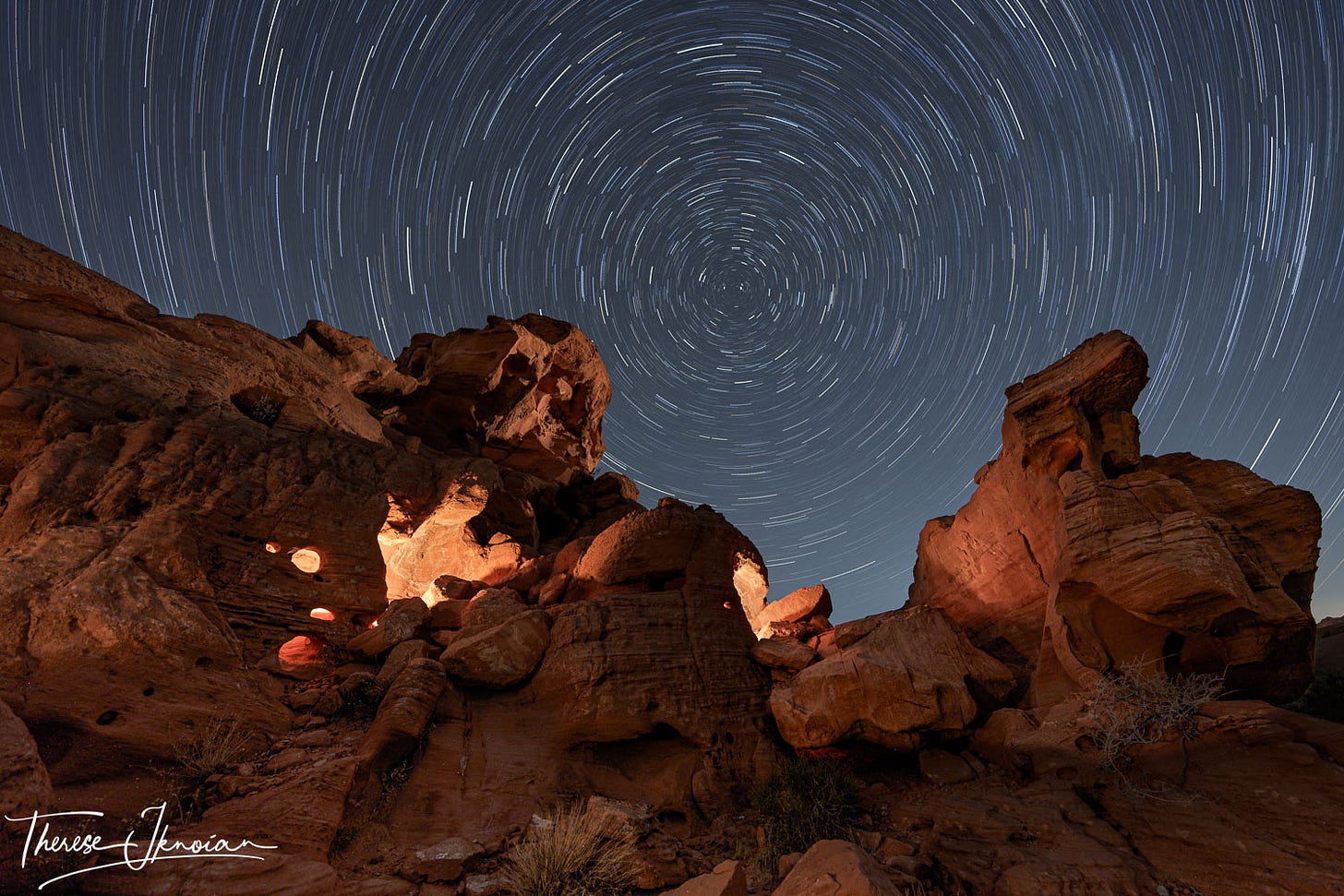Dark Sky Week: protecting stars and the night skies
For many people, the day simply ends once the sun goes down, and it doesn’t start until the sun comes up. Discovering the pleasure of the night and its energy, however, can transform any travel destination, offering perspective on its character and people.
Years ago, when I was training for running an ultramarathon, I neededto get used to heading out onto trails in the dark – an experience that took me out of my then-comfort zone. But that’s when I discovered the night skies and realized how really easy it was to see and enjoy a beautiful world that is so very different after the sun goes down. Even when traveling, I get excited to explore another side of a destination after dark. Energy changes, scenes change – try it and you may just love it as much as I do.
This week is International Dark Sky Week – an annual celebration of the night, but also an opportunity to spread the word about how we all can protect the night sky, for example by switching to LEDs, covering outdoor lighting, and eliminating excess outside light fixtures. Light pollution is a true threat. How many people do you know who have never seen a sky so full of stars it seems nearly white? Have you? Have you ever seen the Milky Way? So bright that it fills the sky and leaves you awe-struck with its colors?
Thanks to mistakenly signing up for a night photography workshop a few years ago – and nearly dropping out from frustration – my world opened up to the journey I am now on. I find myself drawn to parks and areas that boast dark skies – Valley of Fire State Park in Southern Nevada is one that has glamorous red rock formations. BUT it also has great dark skies and little light pollution. Oregon has a new dark sky park, and gigantic swaths of Nevada are so dark that light pollution maps don’t even rate them.
Parts of the Maine coastline offer dark skies, with particularly great settings also studded with historic lighthouses. And the beauty of many of these places is that gates don’t close at sunset; you can just go and enjoy, take photos, or just take a walk in the dark. Perhaps, as a next step, you want to learn how to take photos of the Milky Way? With the right equipment and a few tips as I explain here, it’s honestly not that difficult to capture really amazing Milky Way photographs. And the camera can practically see it better than your bare eyes, so get ready for a treat once you look.
I still remember the first photograph I took of the Milky Way. I knew where it was, I managed all the right focusing and settings in my camera, and then I snapped the photo. When I looked in the back of the camera at the image, I know I shrieked in enthusiasm – the colors, the lights, the glimmer of the stars! I was at that point hooked. In my wish to protect more of the night and take action on correct lighting to diminish light pollution, I hope you too get hooked on the night.
— Story by Therese Iknoian







